Macadamia trees (genus Macadamia) are evergreen trees native to Australia, belonging to the Proteaceae family. They are most commonly cultivated for their edible seeds, known as macadamia nuts. Two main species, Macadamia integrifolia (smooth-shelled) and Macadamia tetraphylla (rough-shelled), are cultivated commercially.
Here’s a breakdown of their characteristics:
1. Growth habit
- Size: Macadamia trees are typically medium to large, reaching heights of 30-50 feet and widths of 20-40 feet.
- Leaves: The trees have dense, dark green foliage. Leaves are leathery, glossy, and oblong in shape, arranged in whorls of three to six. Some varieties may have spiny or serrated leaf margins.
- Bark: The bark is rough and gray, developing a gnarled appearance over time.
- Lifespan: Macadamia trees can be long-lived, with a commercial lifespan of 40-60 years and potentially living for over 100 years.
2. Flowers and nuts
- Flowers: The tree produces long, slender racemes (flower clusters) of white or pinkish flowers, 50-300 mm (2-12 inches) long. These fragrant flowers attract pollinators like bees. M. integrifolia typically has creamy white flowers, while M. tetraphylla usually has pink flowers.
- Nuts: After pollination, the tree produces a fruit consisting of a fleshy green husk surrounding a hard, spherical or oblong shell. Inside the shell is the edible kernel, which is white or cream colored and has a rich, buttery flavor. Macadamia nuts are technically not true nuts but are botanically considered seeds.
- Maturity & Harvesting: Nuts typically mature in 6-7 months after flowering and ripen on the tree, often falling to the ground when ready for harvest. Harvesting usually occurs between late summer and early winter, depending on the region.
3. Habitat and climate
- Origin: Macadamia trees are indigenous to Australia, specifically the coastal rainforests and scrubs of northeastern New South Wales and central and southeastern Queensland.
- Climate: They thrive in warm, subtropical climates with high humidity and well-distributed rainfall (typically 1200-2300 mm/year). They prefer temperatures between 20-30°C (68-86°F) and are sensitive to frost.
- Soil: Macadamia trees require deep, fertile, well-drained soil, preferably sandy loam, with a pH of 5.0-6.5. They are sensitive to waterlogging and strong winds.
4. Other notable facts
- Pollination: Macadamia trees are cross-pollinated, requiring pollen from another tree for a good harvest.
- Nutritional Value: Macadamia nuts are rich in healthy fats (mostly monounsaturated), fiber, and protein. They are also a good source of vitamins (including B vitamins and vitamin E) and minerals like magnesium, iron, and phosphorus.
- Toxicity: Macadamia nuts are toxic to dogs, causing symptoms like weakness, vomiting, and tremors.
In conclusion, the macadamia nut tree is a beautiful evergreen with glossy foliage, fragrant flowers, and highly valued nuts. It’s a long-lived tree that requires specific climatic and soil conditions to thrive and produce its delicious and nutritious kernels.







































































































































































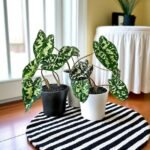


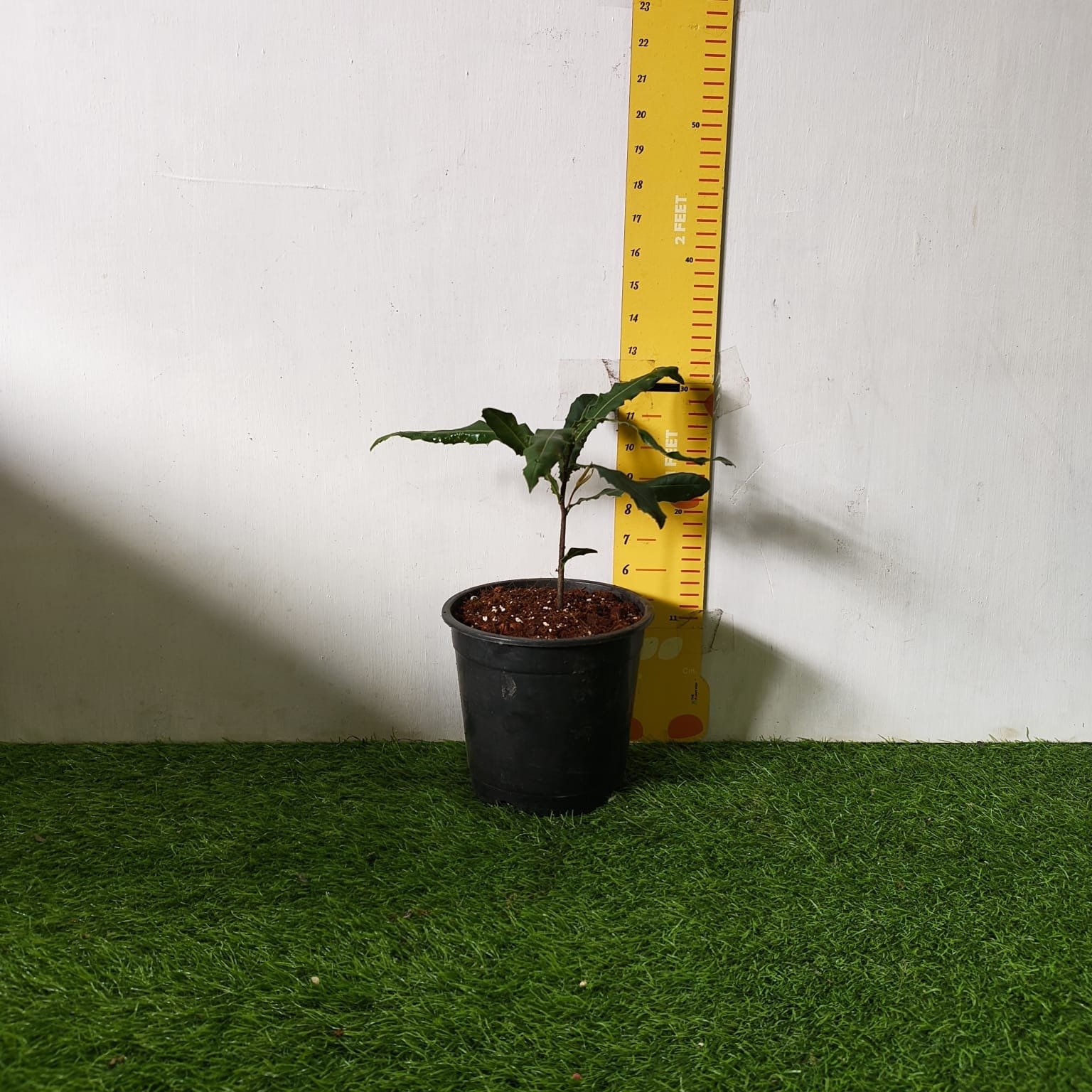
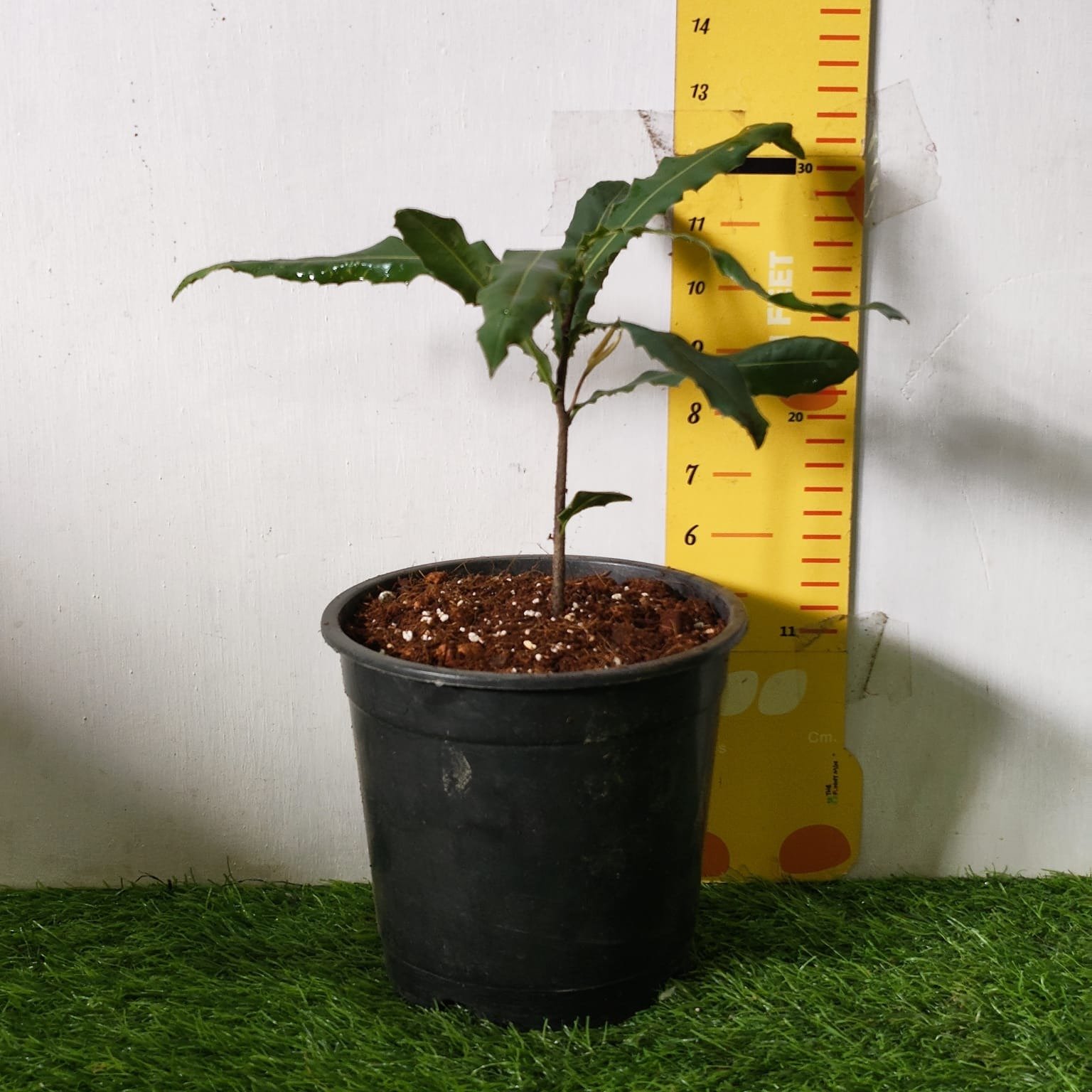
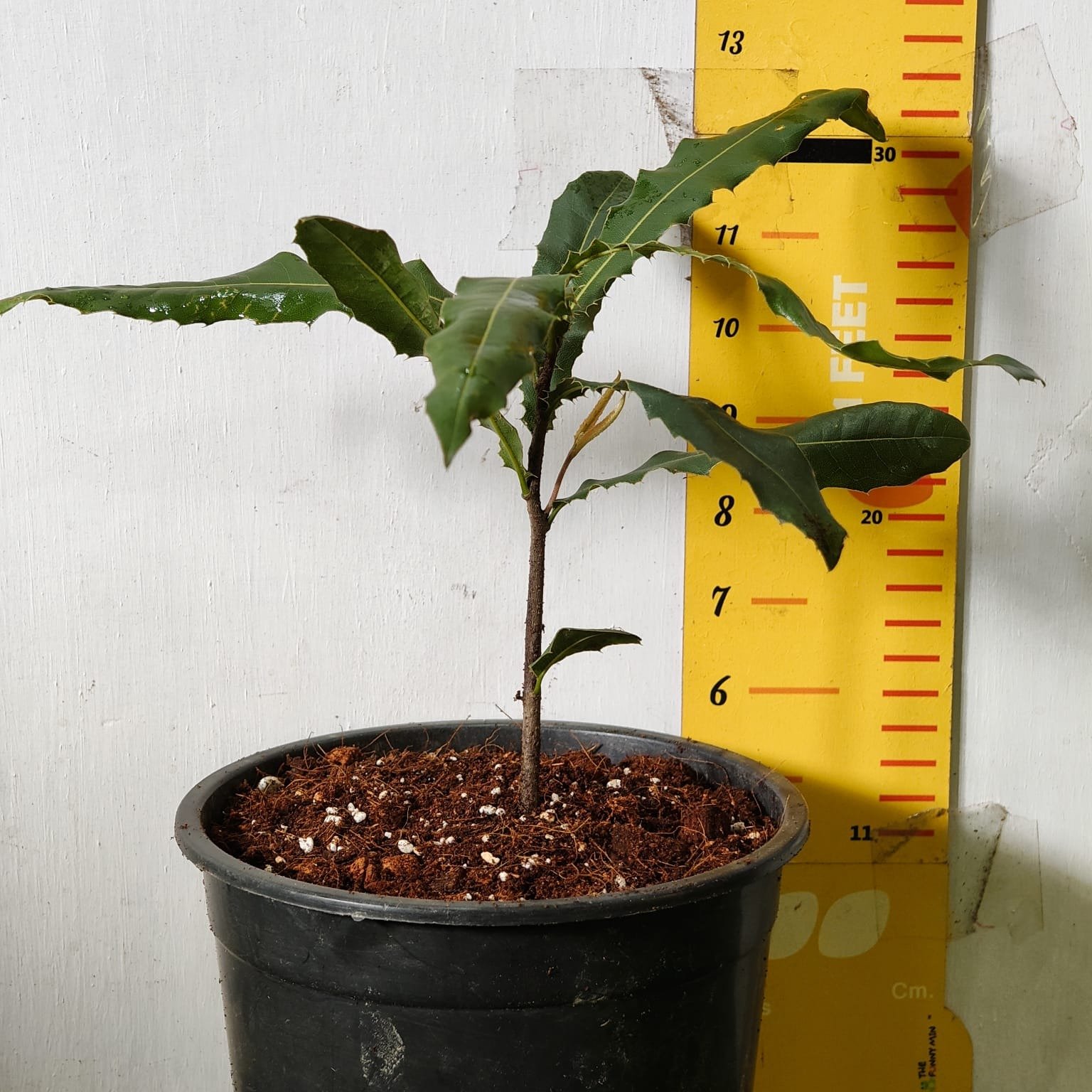
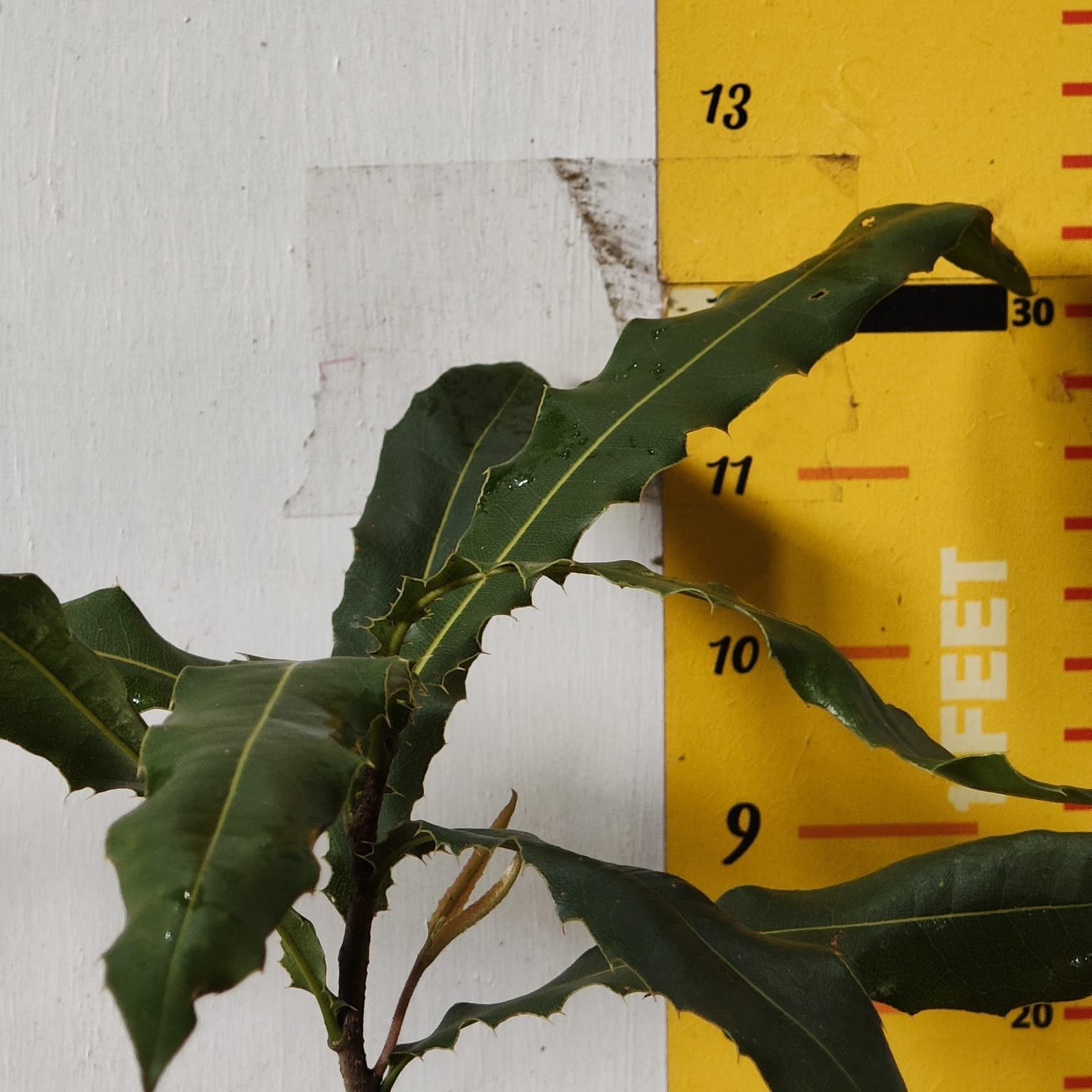
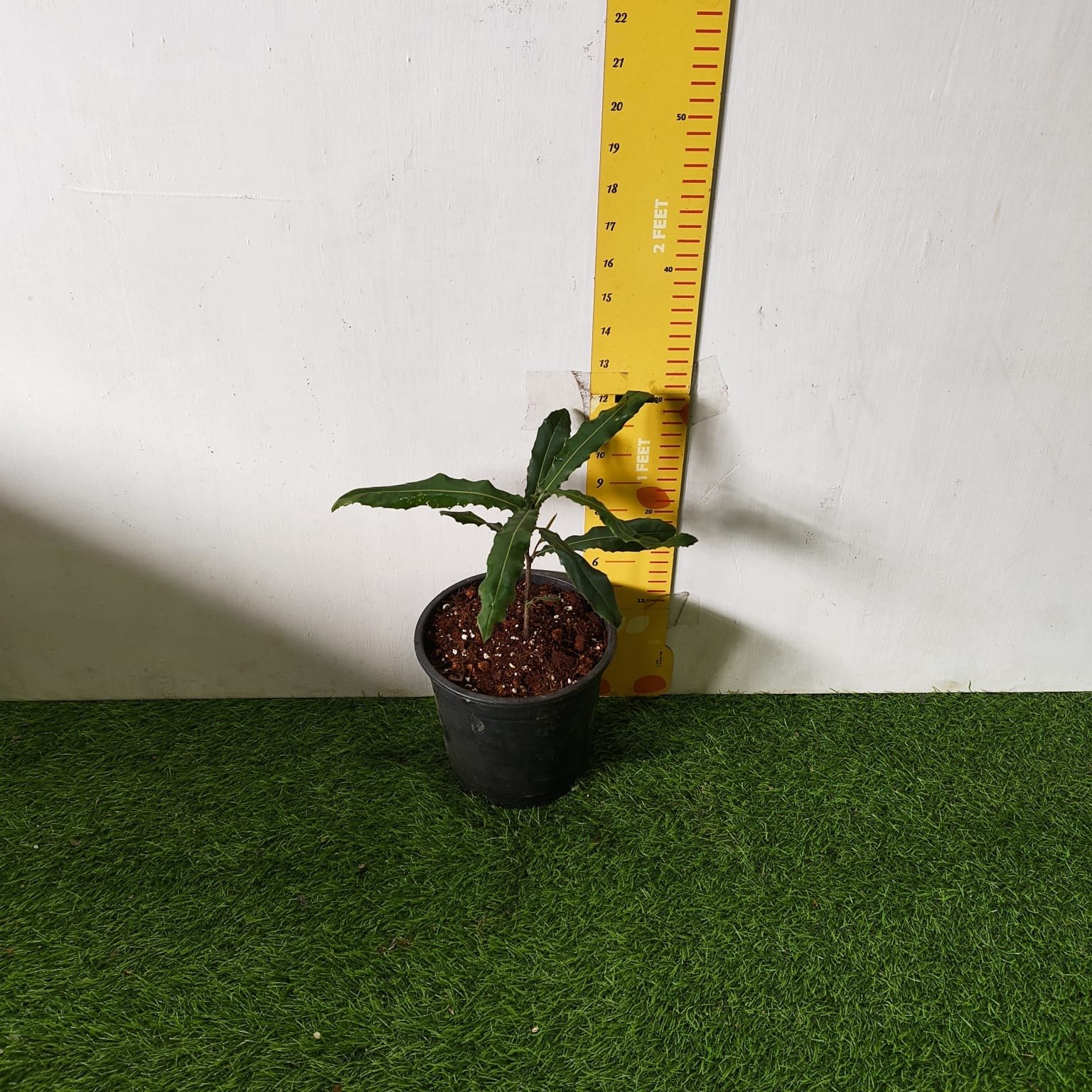
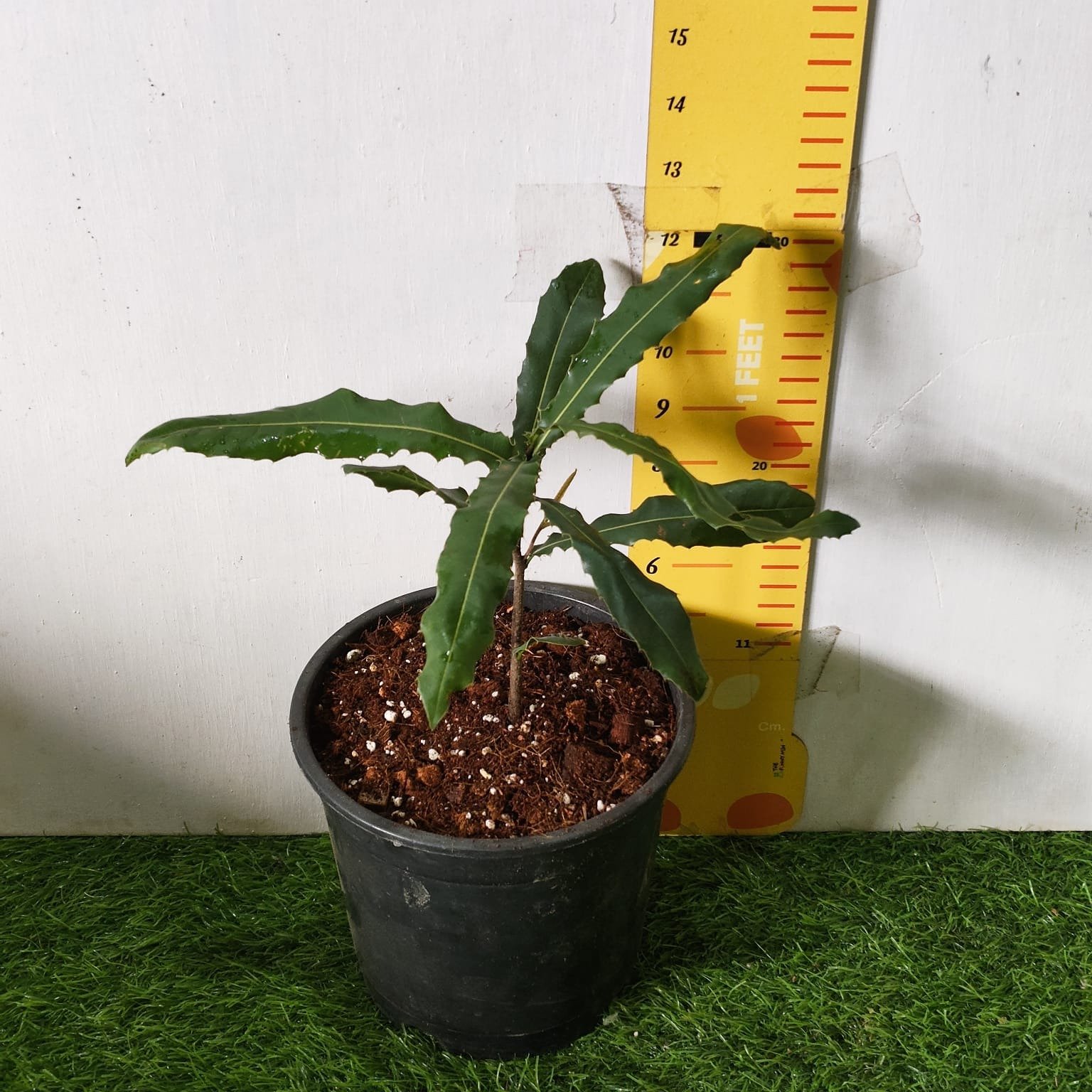
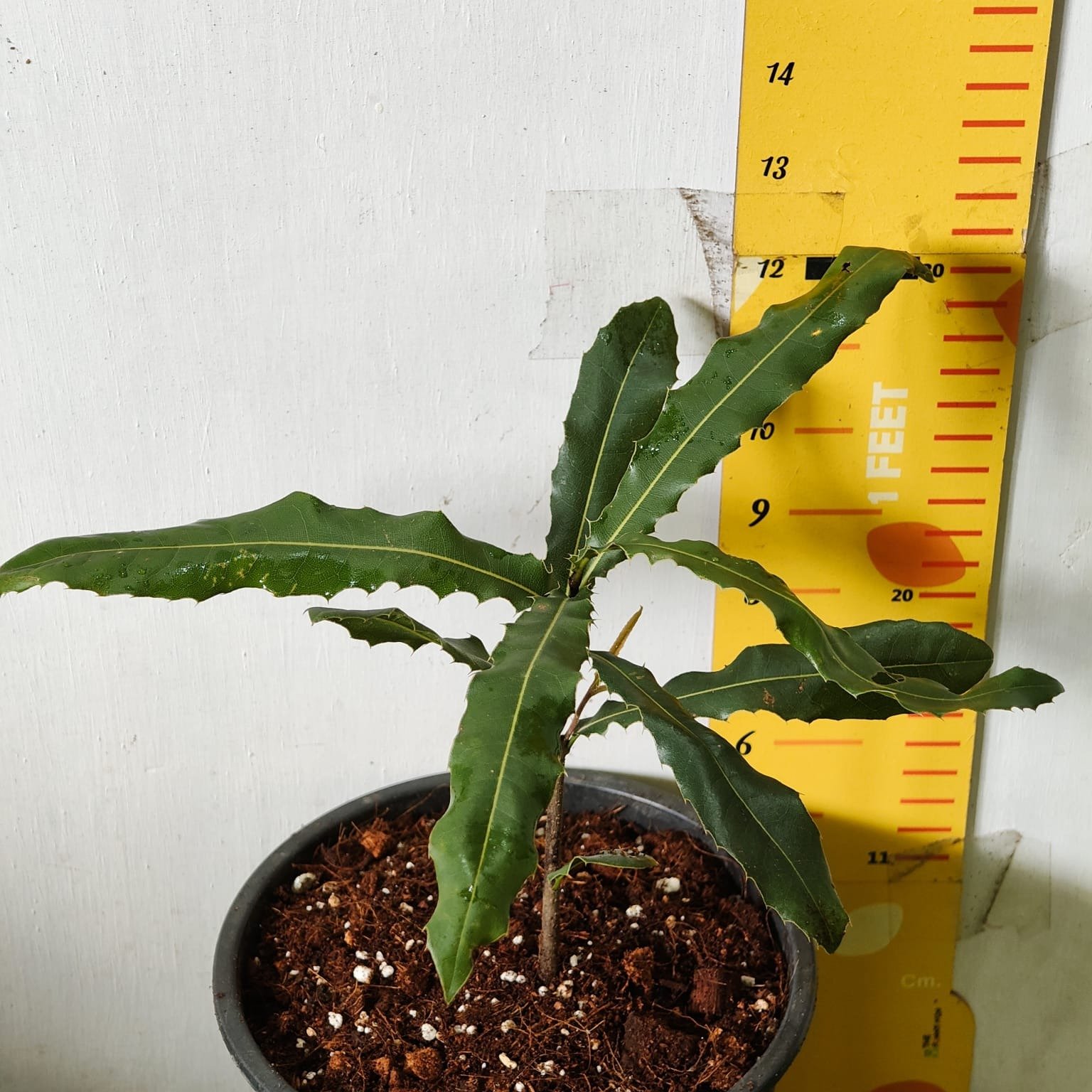
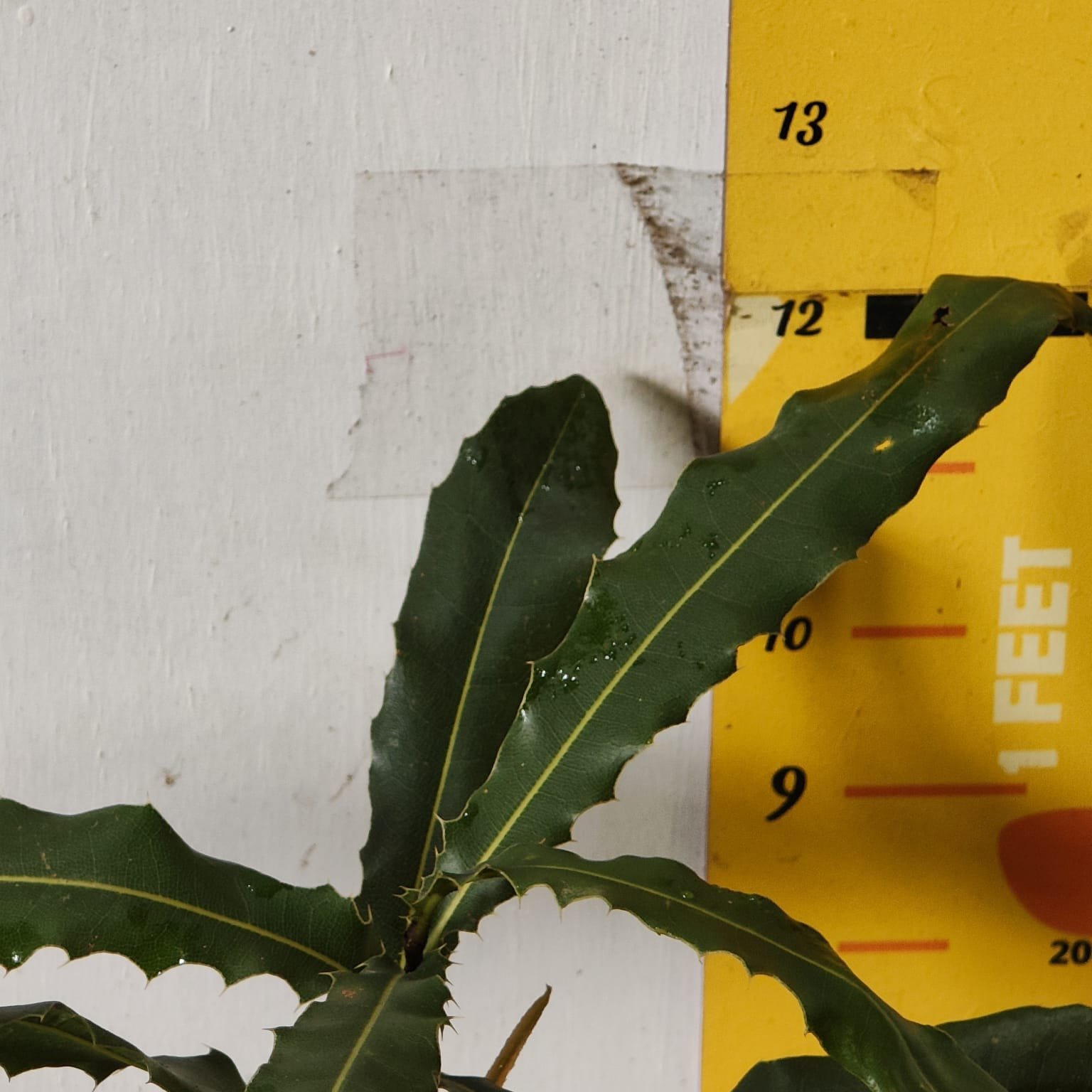









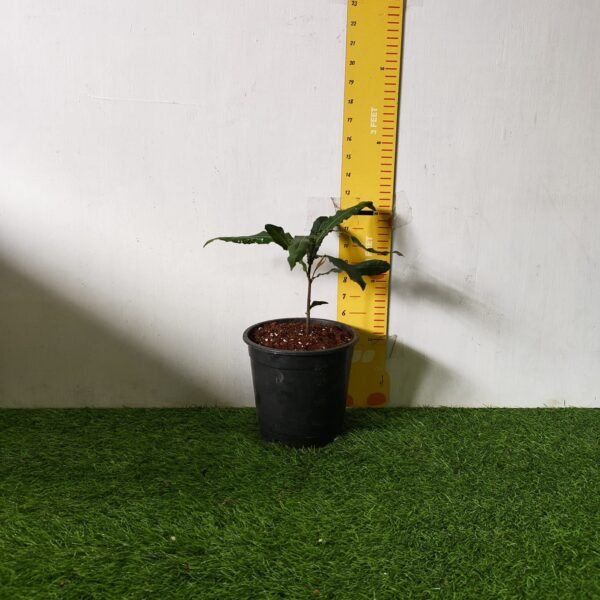
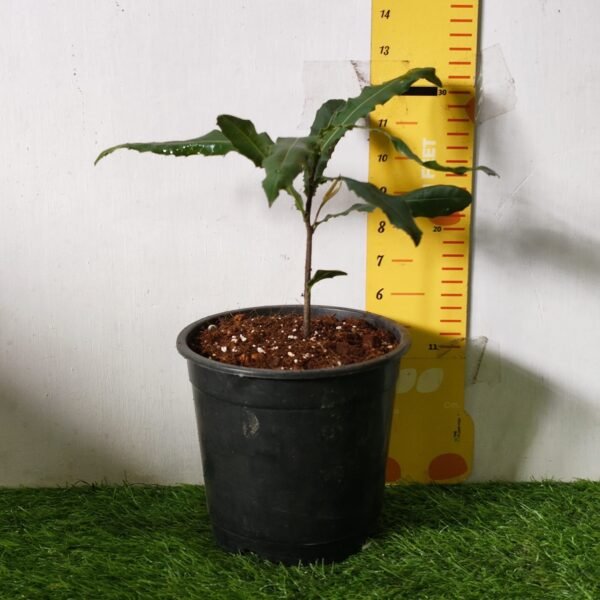
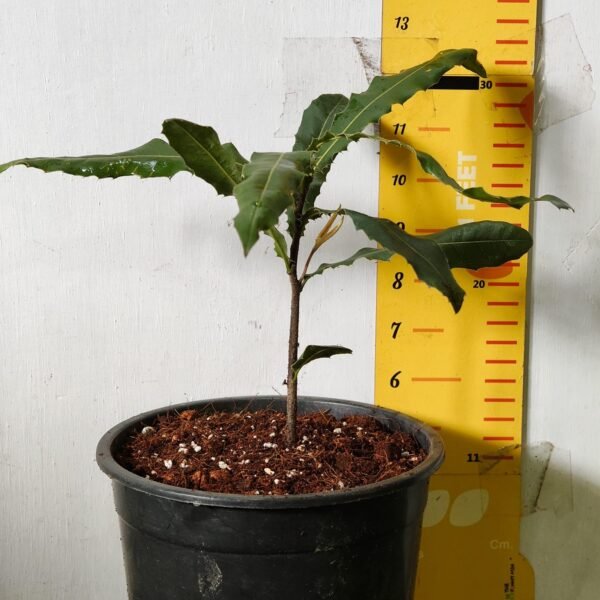
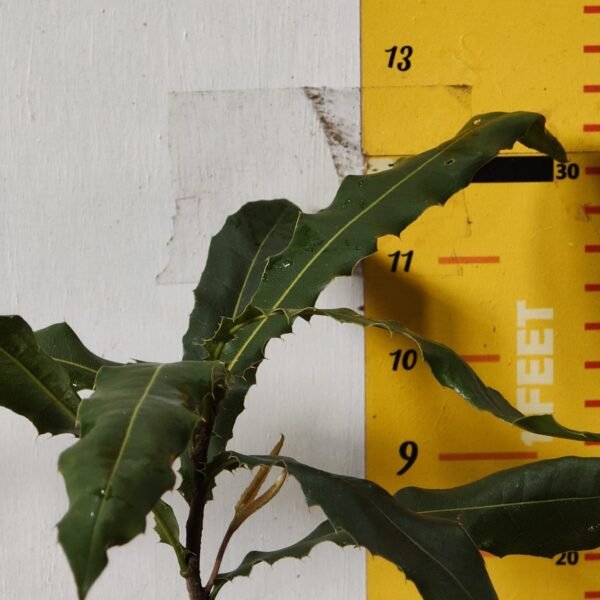
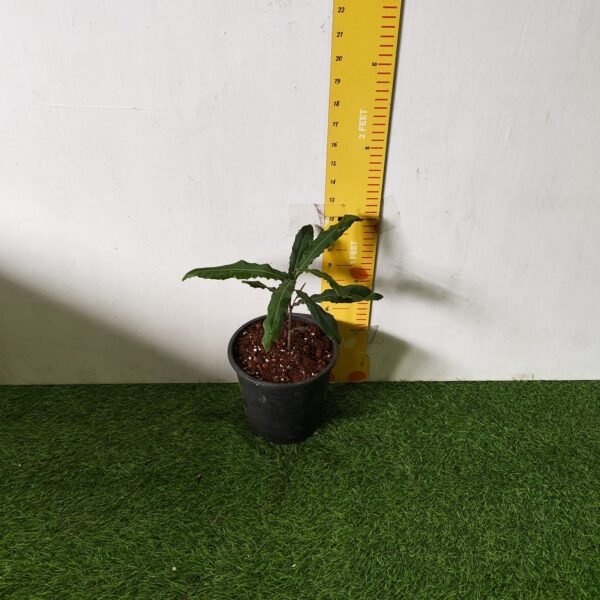
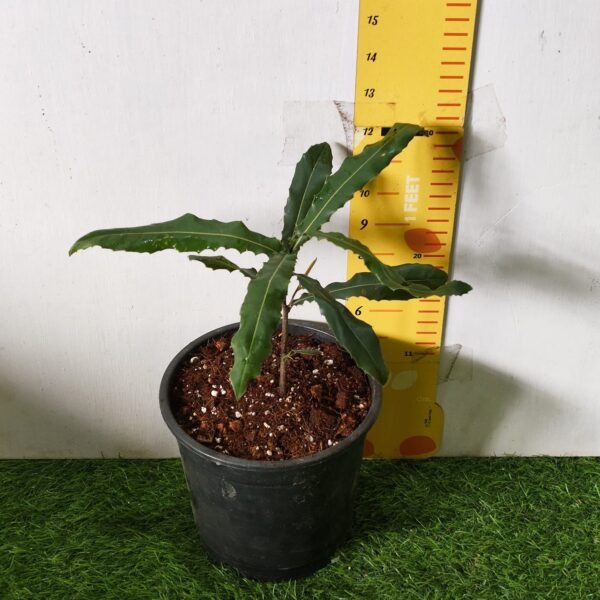
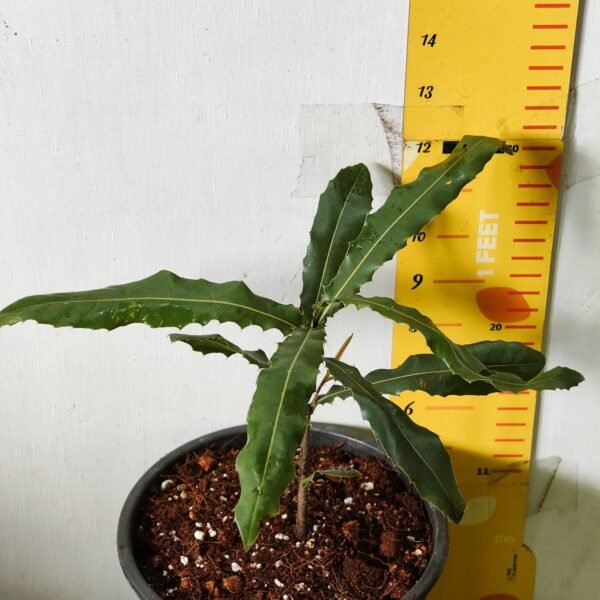
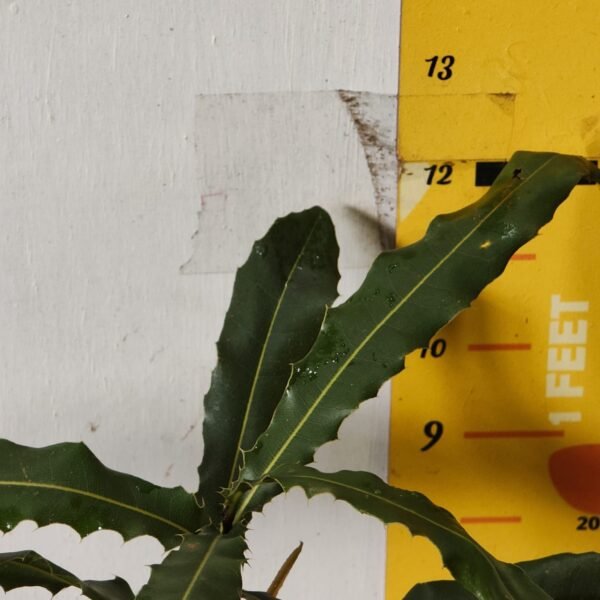










Reviews
There are no reviews yet